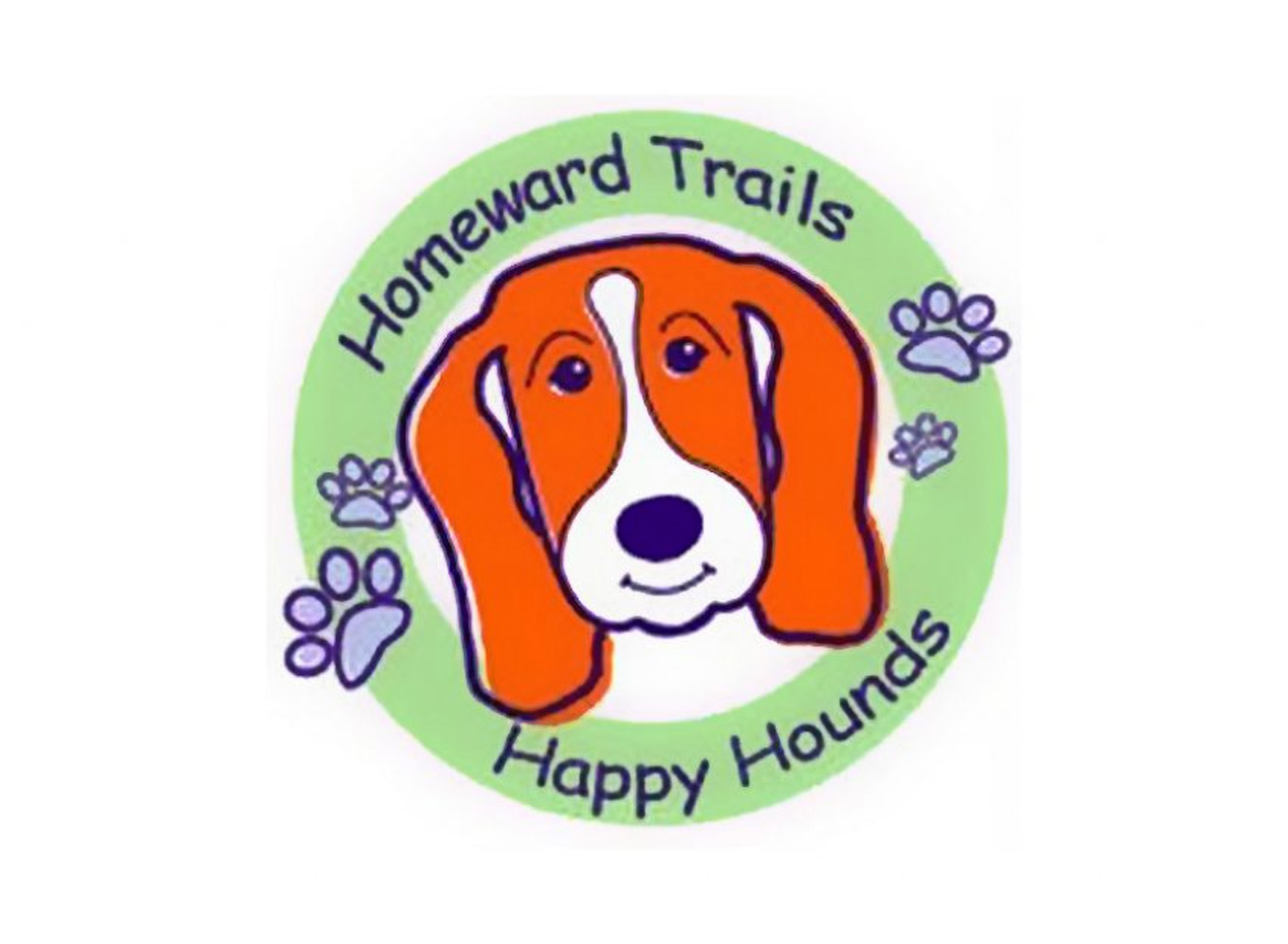Barrier Frustration HOMEWARD TRAILS RESOURCE LIBRARY: DOGS!

A barrier can for a dog be just as frustrating as the sensation of being restrained. The barrier prevents the dog from interacting with the environment at free will.
Postitive Dog Solutions info@positivedogsolutions.com 202-630-0249 www.positivedogsolutions.com

Barrier frustration can happen when a dog is on leash, in a car, in a fenced-in backyard, in a crate, behind a gate, tethered, through a window, etc. Just like with any other behavior our dogs exhibit that we don’t like, it is important that we make sure we don’t give the chance to practice this behavior in daily life. The more it is practiced, the more it becomes a learned behavior, and that learned behavior becomes reinforced a little bit more every time the dog does it. Therefore, management is key. There are also ways to modify the dog’s behavior to be less reactive using desensitization and counter-conditioning techniques. You can also train the dog to engage in various operant default behaviors.
Management
It always helps when we can be proactive and set the dog up for success ahead of time in situations that we know may be challenging for the dog. If we already know the dog struggles with barrier frustration it becomes critical that we take these steps:
● When driving with the dog in the car, put the dog in a crate with limited visuals. Whether the dog is in a crate or not, give the dog a Kong or other chew item to occupy him instead of scanning the surroundings.
● If you have a lot of foot traffic outside your window, consider putting up art scape or other visual blockers. If this is not a good option, limit the dog to an area where looking out the window is not possible and/or a space where windows face a direction where there is nothing for the dog to react to.
● If the dog shows reactivity when approached in the crate use an ex-pen or gated area instead with more space
● If the dog barks in the backyard at people walking by, make sure to limit time in the backyard, especially during times of the day where people are more likely to walk by. Do not leave your dog unattended in the backyard and engage your dog in activities in the yard. You might even cover the fence completely.
Training
Focus on building a different response in your dog. It is important to invest quite some time working on this first in planned training sessions, before transitioning it to real-life. Therefore, it is important to continue to follow a solid management protocol.
Default operant behaviors
This involves teaching the dog to do something that is incompatible with reacting and putting the behavior on cue, so you can ask for it in more challenging situations. Examples would be: look at you on cue, come when called, go to a certain place, or get a toy
Changing the dogs emotional state
This involves using counter-conditioning and desensitization techniques that makes the dog feel calmer and more relaxed in a situation that was previously very frustrating to the dog and fueled all those unwanted behaviors. You would stage these barrier situations, so you can control the activity. You can then work on building a different response using a high-value reinforcer like food or play with a favorite toy while gradually exposing the dog to more challenging situations.



